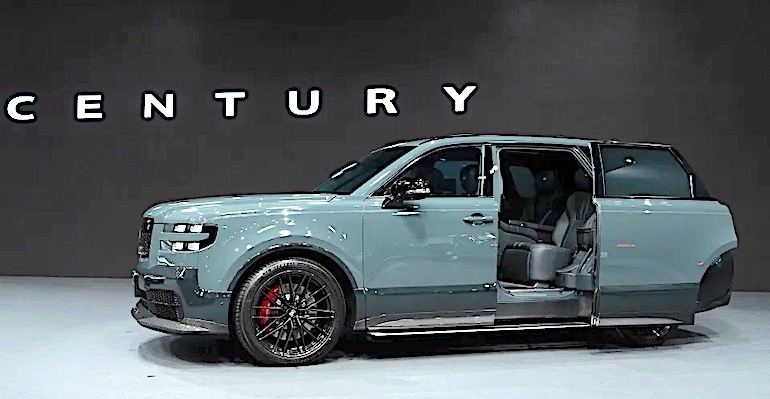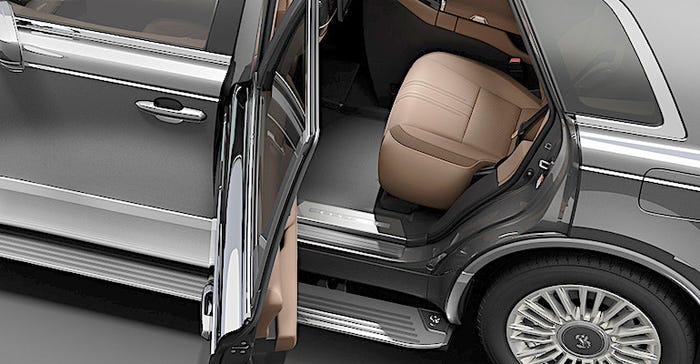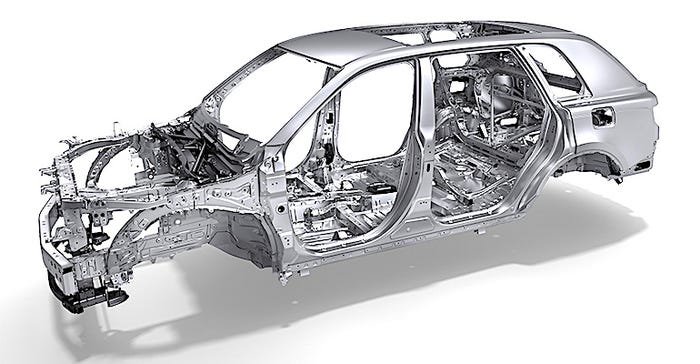The Toyota Century Is the World’s Greatest Minivan
It is the Cadillac of minivans!

Available sliding rear doors mark the new Toyota Century as the pinnacle of the company’s passenger-centric vehicles.
Dwindling sales of minivans tell us that consumers have failed to grasp the practicality of sliding doors that don’t obstruct passengers’ access to the rear seats or accidentally ding the doors of nearby cars when opening them.
But while concept cars and some prestige automotive brands offer rear-hinged “coach” doors (also known as suicide doors) to provide convenient rear-seat access, Toyota engineers have rejected them as an option to the standard front-hinged rear doors for the company’s new Century chauffeur-driven car.
The Century’s optional rear sliding doors are the best solution for ease of ingress/egress and Toyota knows it.
The big, square-edged Century recalls the similarly massive Rolls-Royce Cullinan SUV, which has power-operated coach doors for the rear-seat occupants.

The Century will be Japanese-market-only, at least at first, and it may be that it was consideration of that country’s confined spaces that led Toyota to reject the wide-swinging coach door as an alternative to the standard, wide-swinging 75-degree front-hinged doors.

The Century debuted as Toyota’s chauffeur-driven vehicle in 1967 and has been a conventional sedan until now when the SUV body style is preferred. This taller configuration provides more space inside, a flat floor with the drivetrain beneath it, and a better view out.

The Century’s rear cargo area carries an abundance of luggage, but passengers are separated from the baggage by a laminated glass panel to provide the quietness of a sedan. Ride comfort is augmented by a chassis that Toyota says is more rigid than before, which lets the car’s suspension and sound-damping efforts do their jobs without body flex and vibration complicating things.

The car features a Rear Comfort driving mode that not only softens the ride but modulates braking action at low speeds to prevent jolts to the passengers when stopping. The Dynamic Rear Steering system’s rear-wheel steering lets the driver turn and park the Century like a smaller car.
Toyota’s 3.5-liter combustion V6 engine teams with a plug-in hybrid-electric system for smooth, efficient propulsion and silent around-town EV operation. The Century is slated to go on sale in Japan this year, with a price equivalent to $170,000. There is no word on when, or if, Toyota will bring the Century to the U.S., but the fact that it recently began selling the previously unavailable Crown in the U.S. suggests that it is possible.
About the Author(s)
You May Also Like





